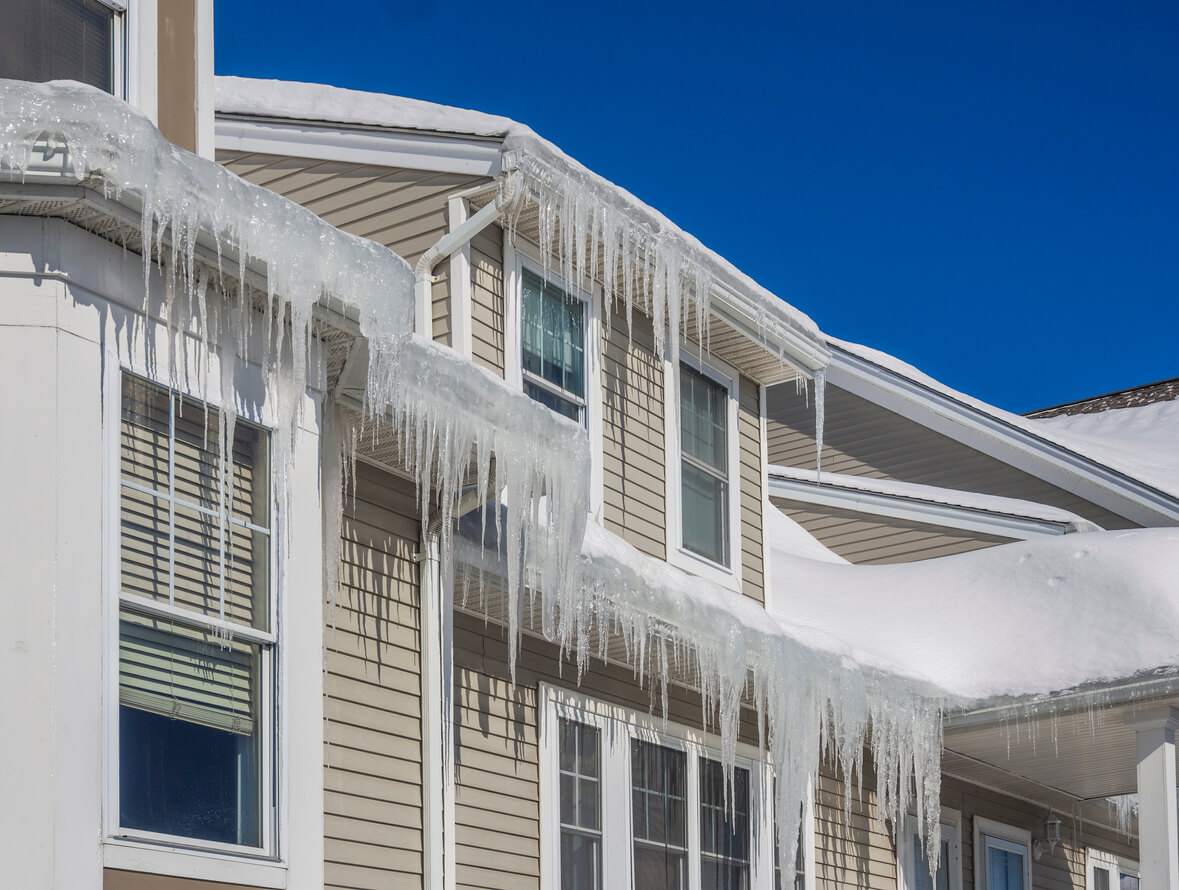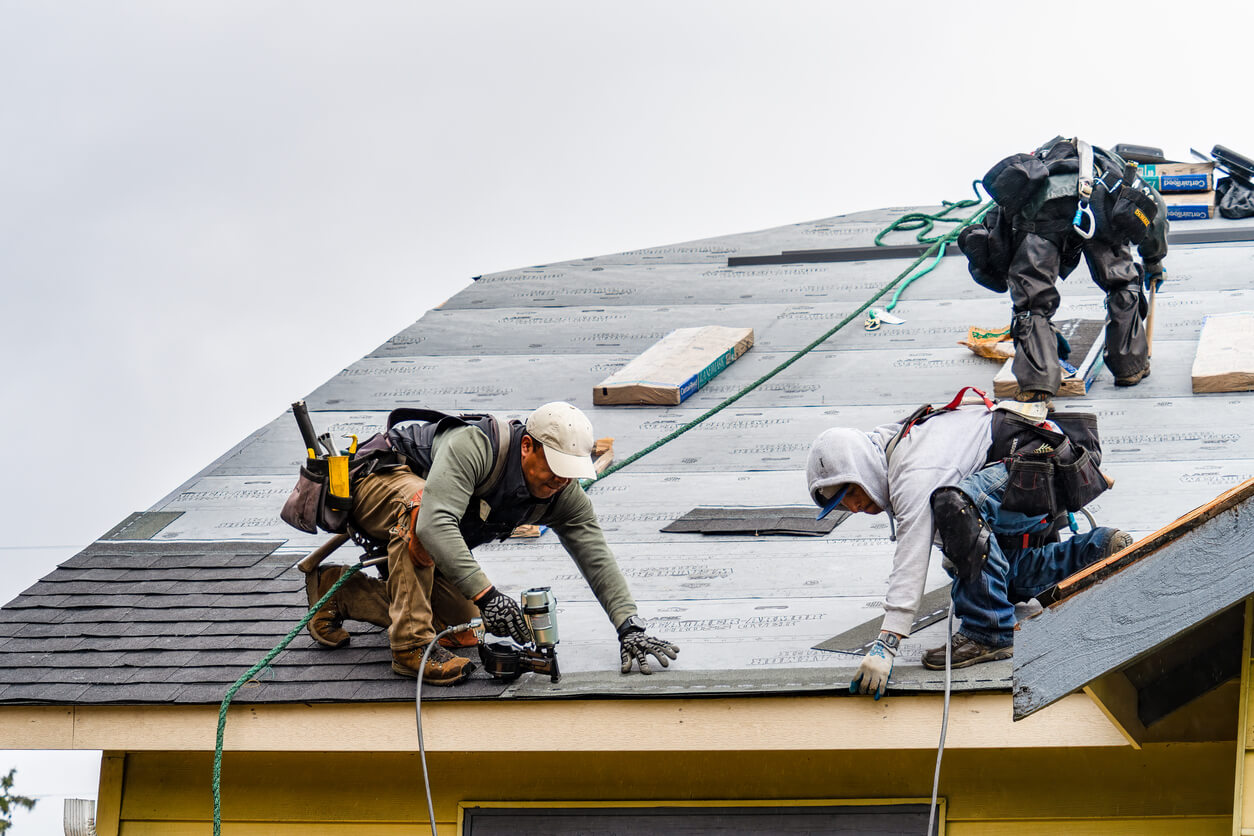If you’re a homeowner, chances are that you’ve found yourself faced with the difficult decision of when to replace your roof. It can be a daunting task, trying to weigh the cost, time, and practicality involved in making such a significant home improvement. In this blog post, we take a look at all the advantages and considerations involved in replacing your roof in winter rather than summer – it just might surprise you how much easier it could be!
Can I replace my roof in the winter?
Yes! While most people choose to replace their roof during warmer months, there is actually no reason why you can’t replace your roof during the winter, and there are a few good reasons why you might opt for the colder months.
Aside from urgent roofing issues, one of the key benefits to replacing your roof in the winter is that many roofing professionals will have more open availability in the off-season.
What is considered an urgent roofing issue?
If you think your home has an urgent roofing issue, chances are that it does. There are some things that you can look out for that might mean that your roof is on the brink of causing some major damage to your home.
The key signs that it’s time to replace your roof include:
- You’re noticing stained ceilings or walls
- Your home or attic is drafty
- Hearing scratching sounds coming from your attic
- You spot moss growth on your roof
- You notice significant ice formation
- You have missing, cracked, or curled shingles
- Your roof is more than 10 years old
How does the roofing process differ in the winter?
There are a few things that roofing professionals will do differently when they’re replacing your roof in the winter. Here are three key differences:
GAF Shingles
At George Kent, we use GAF shingles which are highly innovative, and superior to most other brands, because they have modified their seal strip to be more tacky, which means that it doesn’t take a lot of heat to activate. This feature helps to guarantee that your shingles are properly attached, even in the colder months.
Shingle Storage
Most shingles are made of asphalt and, as a general rule, should be stored flat in unopened bundles and in a cool, dry place. In the warmer months, when shingles are going to be laid in a timely manner, this place could be outside in a shaded area. One of the key parts of roofing in the winter is to ensure that the shingles aren’t frozen, which could cause them to break or crack. Your roofing company should store your shingles indoors prior to laying them to prevent any potential damage.
Hand Sealing
As mentioned above, GAF shingles are made with a tackier seal strip to help them adhere when installing. To ensure an even tighter seal, your roofer should be hand-sealing each shingle with a dab of roofing cement if they are installing them in the winter months.
In the winter months, the weather can be unpredictable. If there is excess snow or ice on your roof, it is best to wait until your roof is clear of any major debris that could cause injury from slips and falls. Ultimately though, roofing in the winter might be the right choice for your home and can save you time waiting for services during the busy months. If you’re looking to replace the shingles on your home, contact a member of our team and we’d be happy to help!








